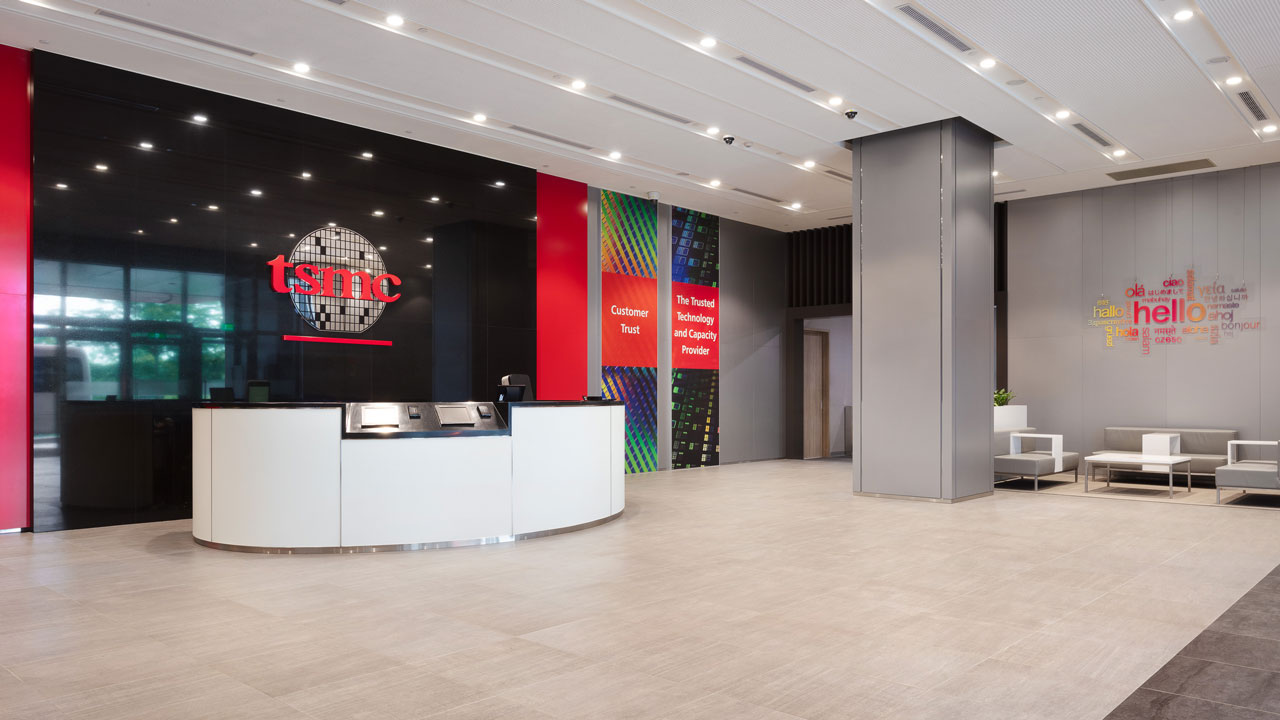
Taiwanese authorities have let TSMC to proceed with construction of its Advanced Backend Fab 7 phase 1 after an archeological discovery was made earlier this summer, which led to a suspension of construction. After resolving issues related to site excavation and environmental impact assessment (EIA), the archaeological excavation, the authorities permitted TSMC to proceed with building both AP7 phase 1 and AP7 phase 2, reports United Daily News. But there are questions about how TSMC will move forward.
In late May, during construction of AP7 phase 1 advanced packaging facility at the Chiayi Science Park, potential historical relics were uncovered, prompting a temporary halt in construction in accordance with the Cultural Heritage Preservation Act. Taiwan authorities let TSMC to start building AP7 phase 2, which is what TSMC did. Following a review by the Chiayi County Cultural Heritage Committee, the site was approved for excavation and preservation. TSMC engaged an archaeological firm to handle the excavations while continuing with the plant construction. To speed up the excavation efforts, the archaeological firm hired by TSMC is recruiting 60 workers.
The key part about the announcement today is that TSMC is proceeding with building both AP7 phase 1 and AP7 phase 2. The big question is whether the company will equip both phases at the same time, but if it proceeds with such a plan, then in a couple of years it will have more capacity for advanced packaging methods like integrated fan-out (InFO) and Chip-on-Wafer-on-Substrate (CoWoS), which is good for the industry as TSMC is struggling to meet demand for packaging.
TSMC's Advanced Backend Fab 7 will cost TSMC several billions of dollars and will be equipped to support advanced backend packaging technologies like InFO CoWoS. TSMC's CoWoS-S is used for AMD's Instinct MI250 as well as Nvidia's A100 and H100/H200 processors, whereas the CoWoS-L is set to be used by B100/B200 and other next-generation processors for AI and HPC applications. Going forward, AP7 is also set to support TSMC's SoIC (System on Integrated Chips) packaging methods, including frontend 3D stacking techniques such as chip-on-wafer (CoW) and wafer-on-wafer (WoW), which will let the foundry to assemble vertically stacked products akin to AMD's Instinct MI300.
The archaeological site is of significant historical value, dating back between 3,500 to 4,500 years, linked to the ancient corded ware pottery culture. The excavation has uncovered various artifacts, including pottery fragments, ceramic rings, and remnants of ash pits and shell mounds. These findings represent cultural and historical importance of the area.
All unearthed artifacts will be stored locally, with temporary storage provided by TSMC. Further processing of the artifacts will be managed by the Anthropology Department of National Taiwan University and the Southern Taiwan Science Park Administration. Upon the project's completion, the artifacts will be transferred to the Chiayi County Cultural Affairs Bureau for preservation.







